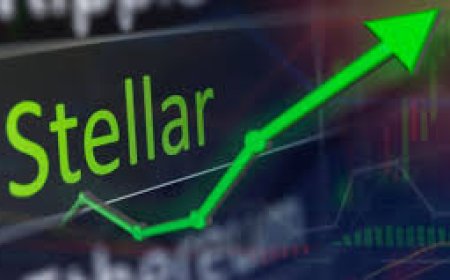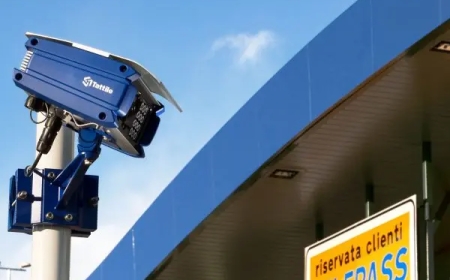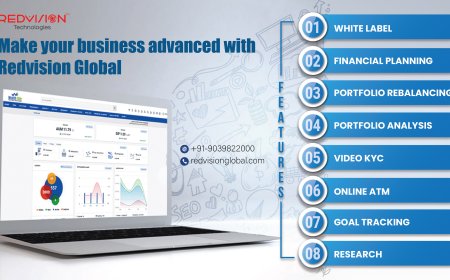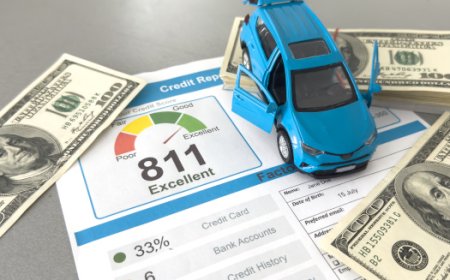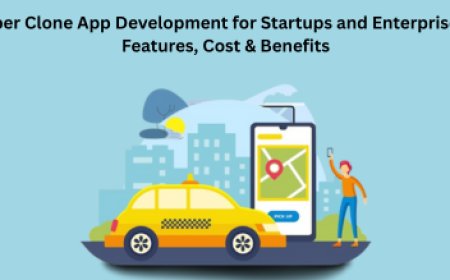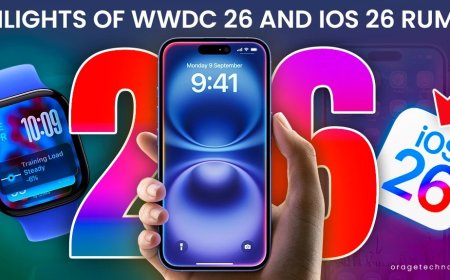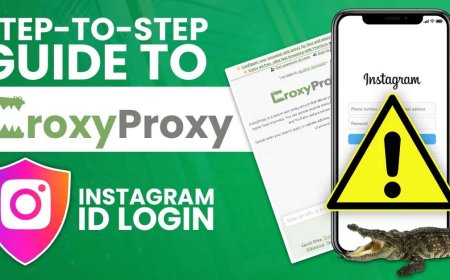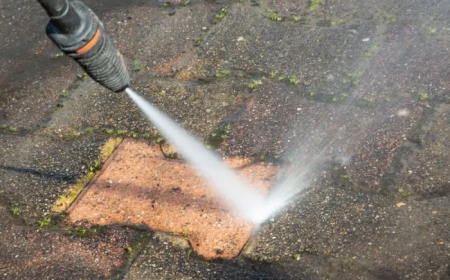Powering 12V DC Appliances Efficiently: The Role of Solar DC-DC Step Down Converters
Solar DC-DC Step Down Converter for 12V DC Appliances
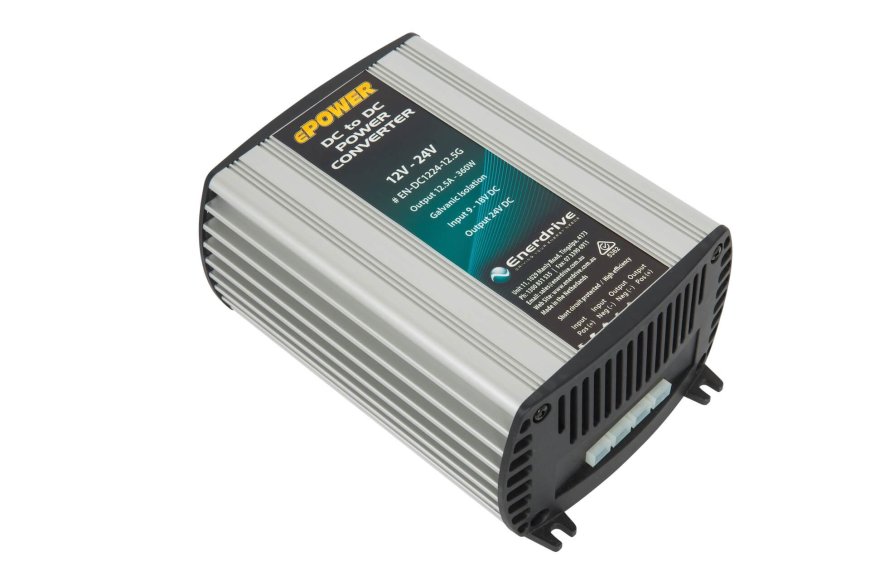
With the growing adoption of solar energy in off-grid and mobile applications, the demand for efficient power regulation technology has become more critical than ever. One key player in this evolving landscape is the Solar DC-DC Step Down Converter for 12V DC Appliances, particularly for 12V DC appliances such as LED lights, fans, pumps, and communication equipment. This device ensures that energy harvested from solar panelsoften at voltages higher than 12Vis safely and efficiently reduced to the level required by common low-voltage appliances.
Understanding the Basics: What is a Solar DC-DC Step Down Converter?
A DC-DC step down converter, also known as a buck converter, is an electronic circuit that converts a higher DC voltage to a lower DC voltage. In solar energy systems, these converters serve a critical function by regulating the voltage from a solar panel (which can vary between 18V to 48V or more) down to a stable 12V output suitable for many common appliances.
These converters are essential when using 24V or 36V solar systems but require powering 12V devices. Without proper voltage regulation, the excess voltage could damage sensitive electronics or reduce their lifespan.
Why 12V DC Appliances are So Common
Many household and mobile DC-powered devices are designed to run on 12 volts. This standardization stems from automotive applications, where 12V systems are the norm. As a result, numerous appliances like:
-
Portable refrigerators
-
LED lighting systems
-
Water pumps
-
Communication radios
-
Battery chargers
are designed to operate at 12V DC. Solar power setups, especially in RVs, boats, off-grid cabins, and emergency systems, often integrate these appliances to ensure energy-efficient and sustainable usage.
The Need for Step Down Converters in Solar Systems
Solar panels rarely produce a perfect 12V output. Even so-called "12V solar panels" typically output 1721V under standard test conditions. This voltage is required to charge a 12V battery effectively, but it's too high for directly powering 12V electronics. Thats where the DC-DC step down converter becomes crucialit acts as the intermediary, safely reducing the voltage to usable levels while minimizing energy loss.
In more complex systems, especially those using MPPT (Maximum Power Point Tracking) charge controllers or battery banks operating at 24V, 36V, or even 48V, the discrepancy in voltage becomes even more significant. A step down converter ensures that 12V devices can still be used without reconfiguring the entire power architecture.
How Does a Solar DC-DC Step Down Converter Work?
A typical DC-DC buck converter operates using a high-speed switching mechanism involving components like transistors, inductors, and capacitors. Heres a simplified breakdown:
-
Input Voltage Detection: The converter receives power from the solar panel or battery at a higher voltage.
-
Switching Control: A transistor rapidly turns on and off, controlling the flow of current into an inductor.
-
Voltage Regulation: The inductor stores and releases energy in a way that steps down the voltage.
-
Filtering: Capacitors smooth out the output to deliver a consistent and clean 12V DC supply.
Some advanced models include feedback circuits, temperature protection, overload protection, and digital displays to enhance performance and safety.
Key Features to Look for in a Solar DC-DC Step Down Converter
When selecting a converter for your solar-powered 12V appliances, consider the following specifications:
-
Input Voltage Range: Make sure it matches your solar panel or battery system (e.g., 15V to 60V).
-
Output Voltage and Current: Ensure the device can output a stable 12V and provide enough current (in amps) for your load.
-
Efficiency Rating: Higher efficiency (typically 90% or above) means less energy wasted as heat.
-
Cooling Mechanisms: Heat sinks or fans are important for high-power applications.
-
Safety Protections: Look for short-circuit, over-voltage, under-voltage, and thermal protection.
-
Waterproofing (IP Ratings): Especially important for outdoor or mobile installations.
Real-World Applications of Solar DC-DC Step Down Converters
Off-Grid Cabins and Tiny Homes
In remote areas, solar setups often run at 24V or 48V for efficiency. However, interior lights, fans, and entertainment systems often require 12V. A step down converter makes this compatibility possible without adding redundant battery banks.
Recreational Vehicles (RVs) and Boats
RVs and marine vessels often use 12V DC systems to minimize energy conversion losses. A solar DC-DC converter allows them to utilize higher-voltage solar arrays without reconfiguring their 12V appliances.
Emergency Power Systems
For portable or backup power solutions, especially during natural disasters, solar generators are often deployed. Step down converters play a critical role in ensuring essential 12V communication and medical devices receive stable power.
Telecommunication and IoT Devices
Remote sensors and IoT devices often run on 12V. In remote solar-powered telemetry stations, step down converters ensure these systems stay operational 24/7.
Installation Tips and Best Practices
-
Proper Ventilation: Install the converter in a cool, dry, and well-ventilated area to avoid overheating.
-
Use Fuses: Always include inline fuses for both input and output to protect devices.
-
Secure Connections: Loose terminals can lead to voltage drops or fire hazards.
-
Match Load to Capacity: Never exceed the rated output current of the converter.
-
Regular Monitoring: Use meters or built-in displays to keep an eye on voltage and current values.
Conclusion: Enabling Flexibility and Safety in Solar Installations
A Solar DC-DC Step Down Converter for 12V DC appliances is an essential component in any solar energy system that aims to be versatile and efficient. Whether you're running a small off-grid cabin, a mobile RV setup, or a remote weather monitoring station, these converters bridge the voltage gap between high-output solar arrays and the universally popular 12V appliance standard.
By selecting the right converter and integrating it wisely, you ensure not only the protection of your devices but also the overall efficiency and sustainability of your solar-powered system.










